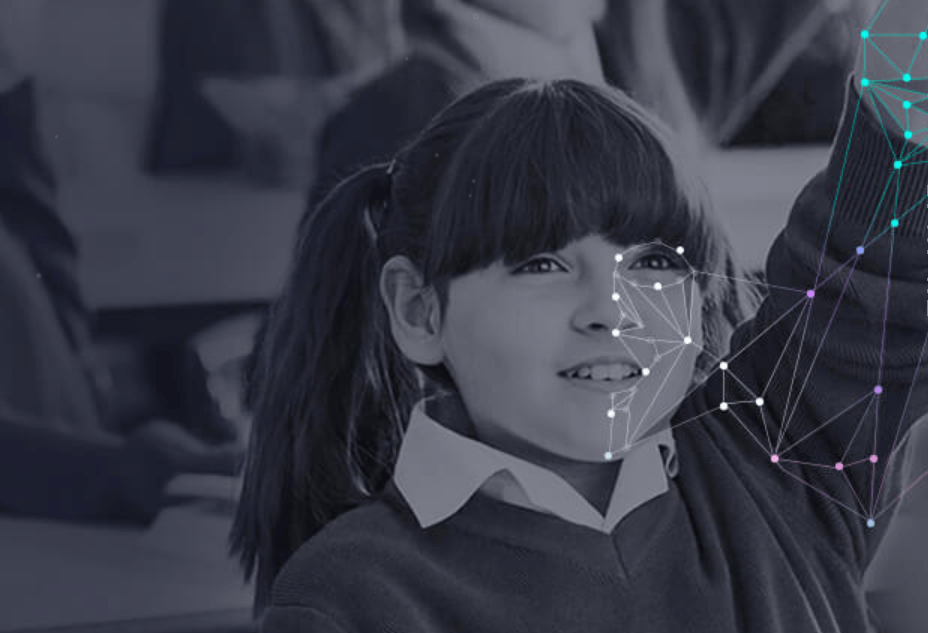TAL – Closing the education resource gap with the support of machine learning in China
TAL, China’s biggest out-of-school education institution is investing heavily in machine learning to have a better understanding over students’ learning situation through facial expression analysis, to provide customize learning plan through adaptive tests, and to improve operation efficiency through business forecast.
China’s Education
Giving children the best education opportunity has been regarded as the top priorities of most of the Chinese parents as it’s a common belief that higher education background will lead to higher success in life. However, with limited “top schools”, the fierce competition has started at a young age. Children start going to education institutions in their free time to ensure that they can stay ahead of the school schedule, resulting in the flourish of out-of-school education industry. Nonetheless, most of the education resources are still centralized in first-tier cities, leaving the rural areas with high unmet needs.
TAL1
Founded in Beijing in 2003 and IPO in New York in 2010, TAL is the leading player in China’s out-of-school education industry, focusing on helping high school students to be better prepared for university entry exam. Facing the challenges of uneven resource allocation, TAL launched online education system and expand their footprints to 3rd and 4th tier cities in 2010s. Students in rural areas took class through broadcast to have access to better teachers in Beijing. Meanwhile, they also have tutors to help on solving problems in person. While this model is highly praised by the industry, they are still facing several challenges. Without face-to-face interaction between the teacher and the students sitting in the rural classrooms, it’s difficult for the teacher to have full understanding on how effective the students are learning. Also, it’s difficult for the students to stay concentrated with a screen in between.
Technology X Education
Facing these challenges, TAL decided to heavily invest in technology development, founding “AI Lab” in August 2017. The lab aims to improve the education service with the support of machine learning. It has focused on four key dimensions:
- Magic Mirror System2: The system identifies students’ emotion and level of concentration by their facial expression through cameras in class. TAL aims to use the system to provide real-time feedback to teachers to increase their control over the remote classrooms, and to help parents to better understand how their children are performing in class.
- Adaptive Test and Learning Plan3: With the large data set of assessment questions, the system provides real-time personal questions to individual test takers to better understand students’ current knowledge level. The test result will be used as a reference of deciding which offline class suits the student the best. Also, the system will use the result to design customized study plan and push relevant materials to parents.
- Language Assessment4: The system can assess both oral and writing performance. For oral performance, it focuses on pronunciation, tone and accent, and how comprehensive the sentence is. For writing performance, it focuses on grammar and vocabulary correction.
- Business Forecast5: By collecting all the operation data, the system will forecast next year’s business demand, helping the education institution to come up with expansion plan and teacher recruiting plan.
Aside from the above technologies, TAL has also been very aggressive in finding long-term partners to push education forward with the support of technology and machine learning. TAL announced cooperation with Tsinghua University and Stanford University separately to push further on information technology development6. Also, TAL has started to cooperate with government in rural areas and newly-developed districts to support the development of the education technologies within the area7.
Moving forward
Leveraging machine learning to improve overall operation efficiency and to provide customized learning experience has been a clear trend in the market. However, the intellectual level of the system still need to be improved, especially on how to increase the subjects covered by the system, and on how to go beyond text-books and exams and evaluate children’s soft skills. Also, the adaptive test is still more like a grading system. How to transform it into a 360 degree evaluation of students’ overall capabilities is a challenge waiting to be solved. Also, while focusing on technology development, it’s also worthy for us to slow down and ask ourselves: are we helping the children to better grab the opportunities and fulfil their potential, or are we an accomplice of adding too much pressure on the shoulder of them and ruining their childhood? Are we using technology to solve the fundamental issues in education and increase fairness among different regions, or are we just thinking of it from business and profitability perspective?
(word count:758)
Notes:
- https://www.100tal.com/About/introduce/
- http://ailab.100tal.com/product/face.html
- http://ailab.100tal.com/product/NLP.html
- http://ailab.100tal.com/product/audioAssessment.html
- http://ailab.100tal.com/product/NLPIR.html
- https://www.100tal.com/Ai/new/23.html
- http://paper.people.com.cn/rmrb/html/2018-06/06/nw.D110000renmrb_20180606_3-15.htm
- Front page photo: http://ailab.100tal.com/index.html




Overwhelming pressure on students has been a common issue across several countries in Asia, such as Japan and South Korea. The online learning has been limited in teaching the hard skills. However, as you mentioned, I see the potential of machine learning in providing better education related to soft skills. Learning foreign language is a good example. Combining Magic Mirror System with Language Assessment could create a disruptive service, which provides extensive language education focusing on communication. I also look forward to seeing how they integrate their business with the existing education system in China, and possibly other countries in Asia.
This type of application of machine learning in the education has the potential to be incredibly powerful. I see the places that would benefit most from this application as the ones with the least amount of resources to obtain it (e.g. developing countries, inner cities, where the student/teacher ratio is unmanageably high for the classroom to be effective). After proof of concepts on these application, I would be curious to see if and how this capability will spread across education systems, through public taxes or private investments.